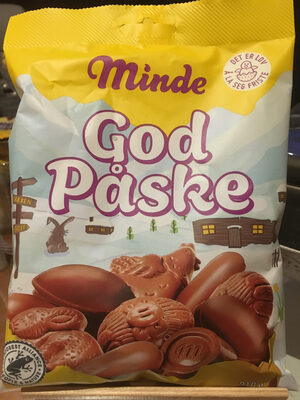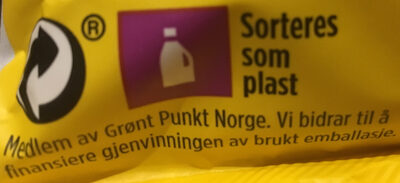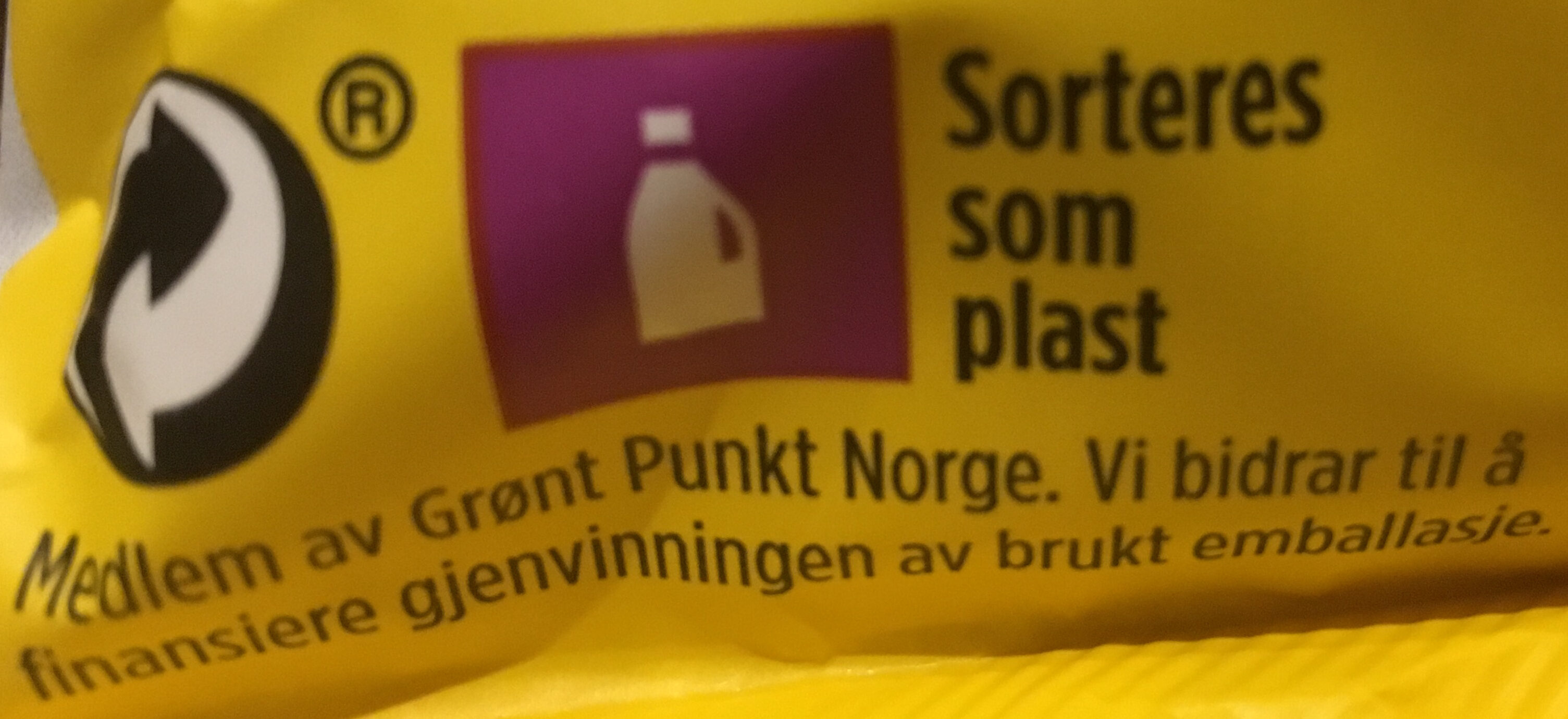God påske - Minde - 210g
Denne produktsiden er ikke fullstendig. Du kan hjelpe med å ferdigstille den ved å redigere den og legge til mere data fra bildene vi har, eller ved å ta flere bilder i appen for Android eller iPhone/iPad. Takk!
×
Strekkode: 7041111135604 (EAN / EAN-13)
Mengde: 210g
Merker: Minde
Kategorier: en:Plant-based foods and beverages, en:Snacks, en:Sweet snacks, en:Cocoa and its products, en:Confectioneries, en:Chocolate candies, en:Bonbons, en:Assorted chocolate candies
Etiketter, sertifiseringer, priser:
en:Rainforest Alliance
Land hvor produktet selges: Norge
Samsvarer med dine preferanser
Report a problem
Datakilder
Produkt lagt til av odinh
Siste redigering av produktsiden den av odinh.
Produktside også redigert av roboto-app.
Hvis dataene er ufullstendig eller feil, kan du fullføre eller korrigere dem ved å endre denne siden.













